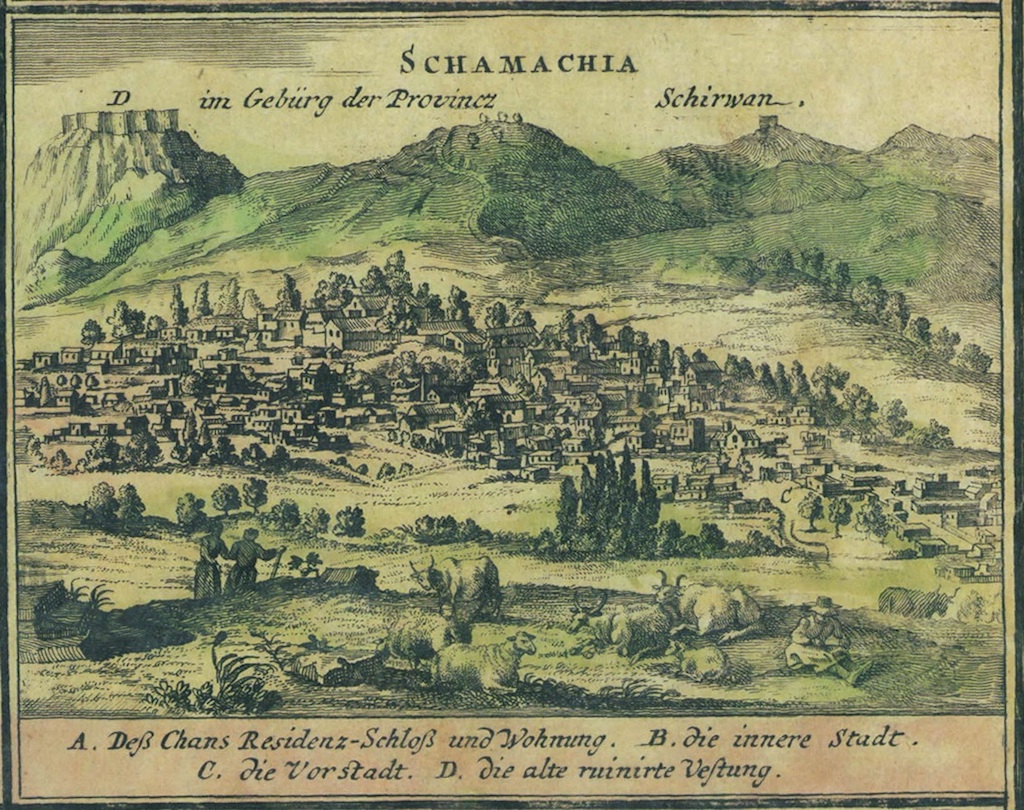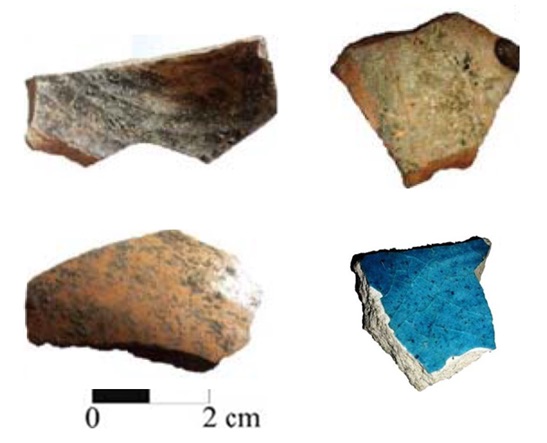Exploring our past at elemental and microscopic level
|A research led by Professor Domenico Majolino from the University of Messina (Italy) employed a multi-technical approach for the analysis of potteries from the archaeological site of the medieval town of Agsu, in Azerbaijan, dating back in the XIX century A.D.
Potteries are between the most abundant finds in archaeological excavations, and their appearance reflects the cultural and social characteristics of the place and time of production. For this reason, every time an archaeological mission discovers a new historical artifact, a CSI-like work starts. One of the most common questions is about the origin of the items: were they produced locally, or did they travel through commercial routes? This is the case of a recent paper published on Heritage by Professor Domenico Majolino and collaborators on a series of potteries found in the town of Agsu.
Nowadays, Agsu is the capital of the homonym rayon (district) in Azerbaijan, and it counts 20,000 citizens. The city has a very complex history, as its alternative name suggests, New Shamakhi. In fact, during the XIX century, Azerbaijan was ruled by the Persians as Nadir Shah (1688-1747), one of the mightiest Persian leaders, conquered many territories in the Middle East. In 1734, during his campaigns, Nadir Shah attacked and destroyed the town of Shamakhi, 40 Km from Agsu, which, at the time, was a major crossroad along the Silk Road. The survivors were relocated to Agsu, which inherited the name New Shamakhi. When Nadir Shah died, the conquered territories was administered by feudal lords related to the ruling Persian dynasty, which often went at war between each other. Agsu became, as well as Shamakhi, an important center for trades and cultural relations among distant places like China, Asia Minor, and Europe until Fatali Khan attacked and destroyed it, leading to another mass relocation of the survivors.

Two centuries later, in 1983, modern archaeological excavations in Agsu unearthed artifacts as earthenware, coins, and glazed potteries. Such a complex history of trade, wars, and migrations makes the identification of the provenance, the reconstruction of the firing technology, and finally, the identification of the pigments of these archaeological findings an exciting challenge. In this context, the most advanced instruments revealed helpful in reaching this aim. Evidences were found in glazed layers, bulk-paste, pigments, as well as in the chemical products resulted from the firing process.

The main problem regarding the analysis of items with an artistic and historical value is the invasiveness of the techniques. It is of primary importance to reduce as much as possible the damages to the items and, in this case, non-invasive or, at least, micro-invasive techniques were applied. On one side, Rutherford Backscattering Spectrometry (RBS), Proton Induced X-Ray Emission (PIXE) spectroscopy and ion-microbeam analysis allowed the elemental composition to be deduced. From the results, a Chinese provenance is hypothesized for all the investigated fragments.
On the other side, a chemical characterization at microscopic level was performed by synchrotron radiation (SR) Fourier transform infrared (FTIR) microspectroscopy at the Synchrotron Infrared Source for Spectroscopy and Imaging (SISSI) beamline at the CERIC Italian partner facility at the synchrotron Elettra in Trieste, accessible through CERIC’s calls for proposals. This technique identified the presence of minerals like diopside and anorthite, as well as the absence of gehlenite. Since the latter vanishes above 900°C and the first two are formed between 850-950°C, this is the expected firing temperature of the potteries. The SR-FTIR technique also allowed for the identification of the pigments used for the decoration of the ceramics. Limonite was used for the yellow color, cuprorivaite for the blue, and burnt umber for the black. All of them are well known since the antiquity, some dating back to the ancient Egyptians.
In conclusion, all these techniques are not only useful for testing and providing new materials or technologies, but also for improving our knowledge of the past, thus bridging between the humanistic field and hard sciences.
Among the authors of the paper is also the CERIC user, Prof. Valentina Venuti, whom we interviewed in 2017 (watch her video interview here). A highlight on the same topic was published in the same year, as well as the article Art, humanities and science meet in the research on cultural heritage.
Original Article



